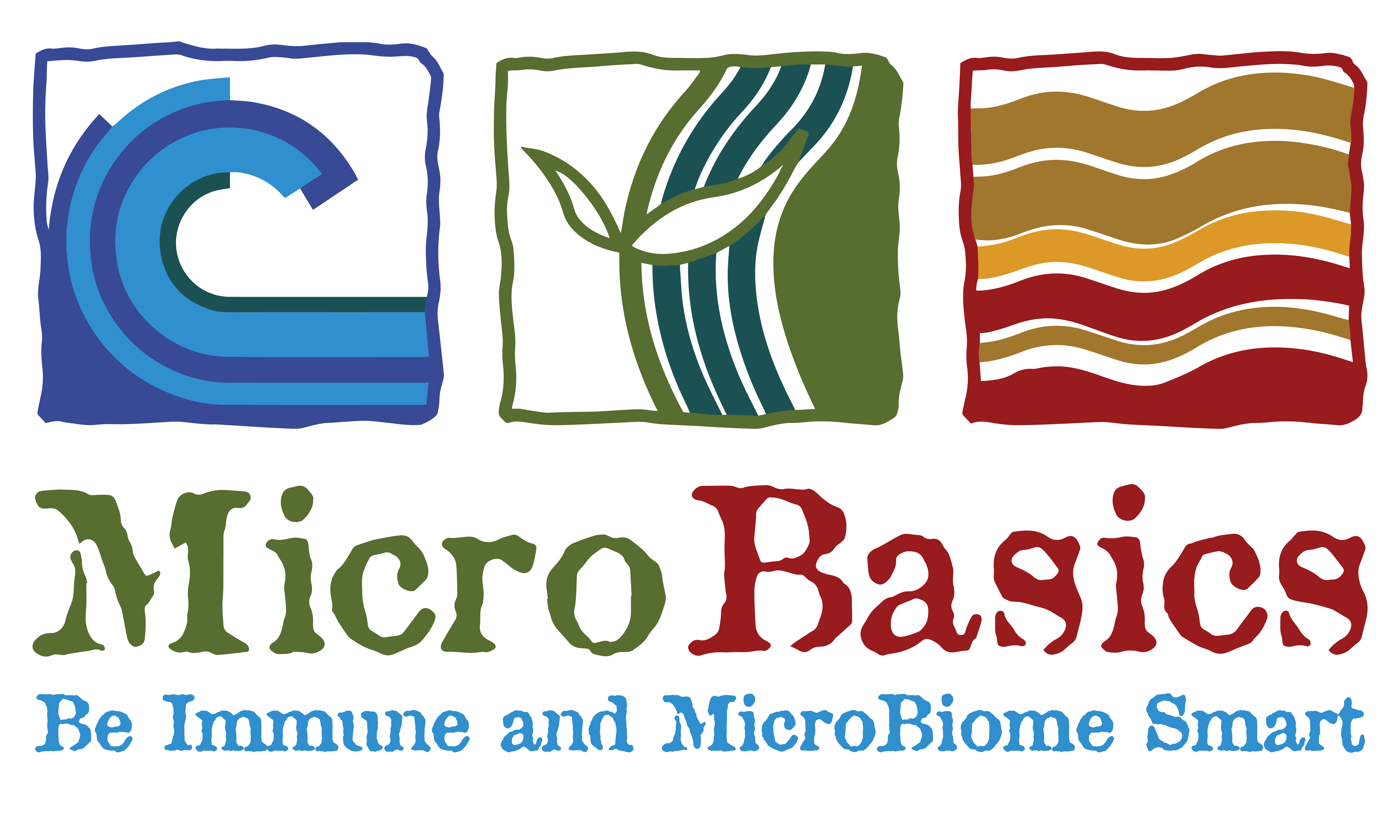The worldwide economic damage caused by endotoxin contamination is overwhelming. Effecting all livestock sectors including dairy, beef, poultry, swine, sheep, goats, egg production, and aquaculture. Economic losses are influenced by production losses, higher mortality rates, increased treatment costs, and increased management costs.
There are many different causes behind high endotoxin loads. Factors such as high-energy diets, high temperatures, birth, rehousing or pen movements, and antibiotic treatments.
Identification
Endotoxins are the main component of the outer cell wall membrane of Gram-negative bacteria. Their main function is structural and protective. Frequently the word endotoxin may be used interchangeably with lipopolysaccharide (LPS). Endotoxins are released when the bacteria cell dies, is mechanically damaged, or during cell lysis during bacterial growth and division.
For both humans and animals, endotoxins induce different biological reactions when present in even small amounts. Endotoxins can be found in the water, air, and environment. They are heat-stable and can exist even after sterilization.
Detection of endotoxin contamination in animals is challenging for livestock producers. Unlike mycotoxins, endotoxin levels are difficult to measure on the farm. Harmful effects of endotoxins may show up as increased infections, diarrhea, circulatory disorders, necrosis, pain, poor growth, or even reduced product quality. Most of the time the cause goes unrecognized, which leads to ineffective treatments.
Toxicity
When endotoxins are exposed on the surface of the bacteria, the innate immune system recognizes them as a threat and reacts accordingly. When Gram-negative bacteria are killed by the immune system, fragments of their membrane containing endotoxins are released into the blood stream and may cause fever and/or diarrhea.
Presence of endotoxins in the blood (endotoxemia) may lead to hypotension, respiratory failure, reduced oxygen delivery, sepsis, and even death.
Sources of Endotoxin
Gastrointestinal Tract: changes in the microbial community when cattle shift from a high-forage diet on a high-grain diet depresses rumen pH and increases LPS concentrations. LPS can cross the intestinal epithelium and disrupt intestinal barrier integrity.
Mammary Gland: bacterial infections of the mammary gland can end up with LPS translocation into systemic circulation.
Uterus: Bacterial contamination of the uterus occurs in most cows after parturition. Yet another potential source of endotoxin contamination. Cows with more severe uterine infections will be more at risk for endotoxin toxicity.
Higher levels of Endotoxin in circulation place an increased load on the liver and kidneys as the animal works to expel them from their system.
Systemic Endotoxemia
Systemic endotoxemia may play a role in increased susceptibility to other diseases.
Mastitis: most of the economic loss associated with mastitis is due to a reduction in milk production mainly caused by irreversible damage to mammary tissue. Mastitis is among the most common diseases in dairy cattle. Higher loads of LPS may inhibit the migration of neutrophils and cause animals to be more at risk for mastitis infection.
Retained Placenta: The failure to expel placental membranes within 24 hours of calving is largely associated to immune dysfunction. Research suggests that cows exposed to high doses of LPS around parturition are at higher risk of RP.
Metritis, Endometritis, and Infertility: Uterine disease is a key concern for dairy producers and is the most common cause of infertility. Postpartum uterine contamination and immune suppression around parturition are major factors influencing bacterial infection and uterine disease. Exposure to endotoxins during a uterine infection result in long-term consequences to the follicular reserve and may lead to infertility even after resolution of infection.
Fatty Liver: the potential role that endotoxins have on the formation of fatty liver is strongly suggested by multiple studies. Research suggests that high endotoxin loads may result in storage of free fatty acids in the liver.
Displaced Abomasum (DA): Affecting 5-7% of dairy cattle, DA is a multifactorial disease characterized by varying degrees of displacement and distension of the abomasum. The top 3 risk factors for a DA are decreased rumen fill, high-concentrate diets, and increased incidence of other disease such as fatty liver, RP, metritis, and mastitis. Multiple factors point to endotoxins as a contributing factor in the development of a DA. The first being reduced feed intake because of an endotoxin challenge. Endotoxins reduce the motility of the abomasum, making them likely one of the key factors that contributes to this disease.
Milk Fever: an average of 5-10% of all cattle are affected by milk fever (hypocalcemia) postpartum. Approximately 15% of those cattle are unresponsive to treatment resulting in downer cow syndrome. High loads of endotoxin reduce serum Ca and which may make an animal more prone to milk fever and downer cow syndrome. Milk fever remains an issue in the dairy industry despite management of dietary DCAD and magnesium levels. New evidence suggests that immune function is involved in the development of milk fever. More research is needed to clarify the pathway.
Laminitis: inflammation of the dermal layers inside the foot is defined as laminitis. Laminitis is one of the top 3 diseases causing increased culling of cattle. It is well known that the changes in rumen microbiota caused by acidosis contribute to laminitis, however new research suggests that other factors including hormone changes, endotoxins, and environmental aspects also play a role in the development of laminitis.
Ultimately endotoxins are hard to detect and can cause may health problems. Solutions to reduce endotoxin load should include management, nutrition, binding of the toxins, support of the liver and kidneys, and modulation of immune function.
Intercept and Intercept FEND support animal health during endotoxin challenges.
- I.P.S. (Immune Positioning System) a blend of biological polysaccharides and polypeptides.
- Adsorbents (Yeast Cell Wall, and Montmorillonite Clay).
- Yucca schidigera modifies rumen fermentation.
- Dietary nucleotides increase the maturity and growth of normal enterocytes.
- Live Yeast
- Yeast Culture
- Prebiotics
- Probiotics
- Postbiotics
For more information on managing toxin challenges on your farm, please reach out to us at service@microbasics.com
Written by: Mariah Gull, M.S.

